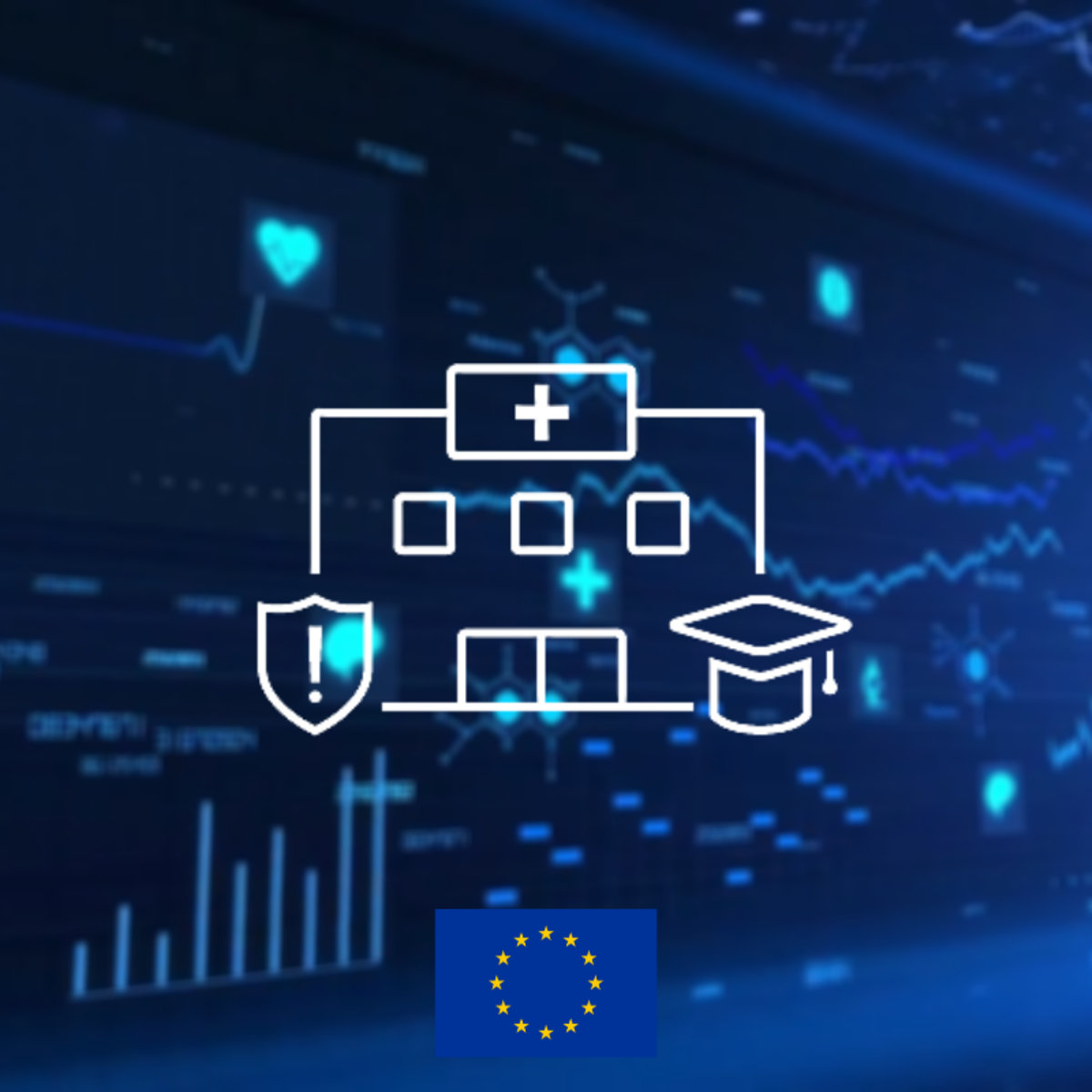Back to Courses









Information Technology Courses - Page 18
Showing results 171-180 of 1471

Validate Data in Google Sheets
This is a self-paced lab that takes place in the Google Cloud console. Ensure that your data is valid and prepared for analysis using Google Sheets features and functions to organize, standardize, and clean data.

Junos Routing, Operations, and Maintenance
In this course, we will explain basic routing concepts including routing policy, routing and forwarding tables, routing instances, and Junos OS routing configuration basics. This course will also explain the concepts and configuration basics of user authentication, the various types of interfaces found on network devices, archiving configurations, configuring and analyzing system logging and tracing, and configuring SNMP for collecting and organizing information about managed devices. Other operational monitoring and maintenance tasks will be explored, including password recovery and how to upgrade Junos OS.

Advanced React
Learn how to use more advanced React concepts and features, optimize and debug your React applications, and become proficient in using React Bootstrap and JSX.
You’ll examine different types of React components, learn various characteristics and when to use them. You’ll start working with hooks, effects and other functional components. You’ll find out how routing is used in React to customize the users' experience, you’ll create a web application that consumes API data, and you'll get familiar with the most commonly used React framework integrations, tools, and debugging approaches.
By the end of this course, you will be able to:
• Render list and form components efficiently in React.
• Lift a shared state up when several components need the updated data.
• Use all common hooks in React, and put them to use within your application.
• Build your own custom hooks.
• Understand JSX in depth.
• Use advanced patterns to encapsulate common behaviour via Higher Order Components and Render Props.
• Test and debug your application.
• Build a portfolio using React.
You’ll gain experience with the following tools and software:
• React.js
• JSX
• React
• HTML, CSS and JavaScript
• VSCode
You will be able to leverage the potential of this course to develop new skills, improve productivity, act effectively with data and boost your career.
To take this course, you should understand the basics of React, HTML, CSS, and JavaScript. Additionally, it always helps to have a can-do attitude!

Using Agones to Easily Create Scalable Game Servers
This is a self-paced lab that takes place in the Google Cloud console.
In this lab you will install Agones on a Kubernetes cluster, then create a simple UDP game server with Agones.

Cybersecurity in Healthcare (Hospitals & Care Centres)
The Cybersecurity in Healthcare MOOC was developed as part the SecureHospitals.eu project. This project has received funding from the European Union’s Horizon 2020 Coordination Research and Innovation Action under Grant Agreement No. 826497.
The course "Cybersecurity in Healthcare" has been developed to raise awareness and understanding the role of cybersecurity in healthcare (e.g., hospitals, care centres, clinics, other medical or social care institutions and service organisations) and the challenges that surround it. In this course, we will cover both theoretical and practical aspects of cybersecurity. We look at both social aspects as technical aspects that come into play. Furthermore, we offer helpful resources that cover different aspects of cybersecurity. Even if you are not active in the healthcare domain, you will find helpful tips and insights to deal with cybersecurity challenges within any other organisation or in personal contexts as well.
This course begins by introducing the opportunities and challenges that digitalisation of healthcare services has created. It explains how the rise of technologies and proliferation of (medical) data has become an attractive target to cybercriminals, which is essential in understanding why adequate cybersecurity measures are critical within the healthcare environment. In later modules, course contents cover the threats, both inside and outside of healthcare organisations like e.g. social engineering and hacking. Module 4 on Cyber Hygiene describes how to improve cybersecurity within healthcare organisations in practical ways. Module 5 looks deeper into how organisational culture affects cybersecurity, the cybersecurity culture, focusing on the interaction between human behaviour and technology and how organisational factors can boost or diminish the level and attention to cybersecurity in healthcare.
Do you work for a hospital, clinic, medical practice, care centre, care provider, social care organisation, or nursing home? Do you want to improve your personal or your organisation’s cybersecurity (cyber security, IT security, information security, network security, computer security, awareness)? Then please visit https://www.securehospitals.eu to gain access to a range of resources. You can also join the Security providers and Trainers platform (see: https://www.securehospitals.eu/for-providers-and-trainers/) or our Community of Practice (see: https://www.securehospitals.eu/community/).

Linux System Administration with IBM Power Systems
This course introduces administrative tasks that a system administrator can perform with Linux hosted on IBM Power servers. This includes virtualization concepts such as logical partitioning, installation of Linux, command-line operations, and more interesting administration and device management tasks.
This course includes hands-on exercises with systems from an IBM data center.

Tencent Cloud Practitioner
This course is primarily aimed at cloud professionals who are interested in learning about Tencent Cloud's products and services. It equips learners with a foundational knowledge in cloud computing and prepares them to take the Tencent Cloud Practitioner examination. After completing this course, learners will be able to explain the different features, advantages, uses cases, and billing methods of several core Tencent Cloud products.

Distributed Multi-worker TensorFlow Training on Kubernetes
This is a self-paced lab that takes place in the Google Cloud console.
In this hands-on lab you will explore using Google Cloud Kubernetes Engine and Kubeflow TFJob to scale out TensorFlow distributed training.

Introduction to Technical Support
Gain the daily work skills and knowledge you’ll need for IT Technical Support career success.
This course, part of the IBM Technical Support Professional Certificate, is designed for beginners with no prior IT experience or formal degree.
Get an insider’s view into IT Support work. Learn about IT Support roles and levels, the support escalation matrix, ticketing systems, common support tools, and remote support software. Then, hear about career opportunities and career pathways from experienced, expert Information Technology professionals.
By the end of this course, you will be able to:
- Describe and develop a customer service and support mindset.
- Define the levels of IT support and the escalation matrix.
- Explore the features and benefits of ticketing systems.
- Identify support tools and systems used in technical support.
- Explore various tech support roles and responsibilities, including service level agreement responsibilities.
- Recognize the career paths and progression in Technical Support.
These skills will equip you to speak with prospective employers and ask insightful questions that demonstrate your knowledge of the day-to-day administrative role-related responsibilities.

Cloud Life Sciences: Variant Transforms Tool
This is a self-paced lab that takes place in the Google Cloud console. Use the Variant Transforms tool to transform and load VCF files from Cloud Storage into BigQuery.
Popular Internships and Jobs by Categories
Find Jobs & Internships
Browse
© 2024 BoostGrad | All rights reserved